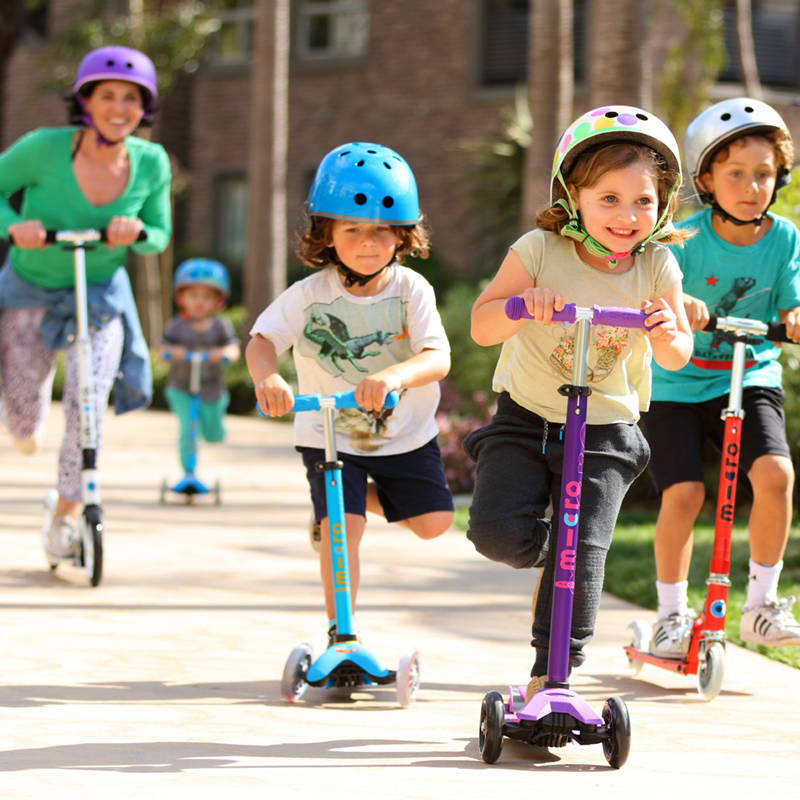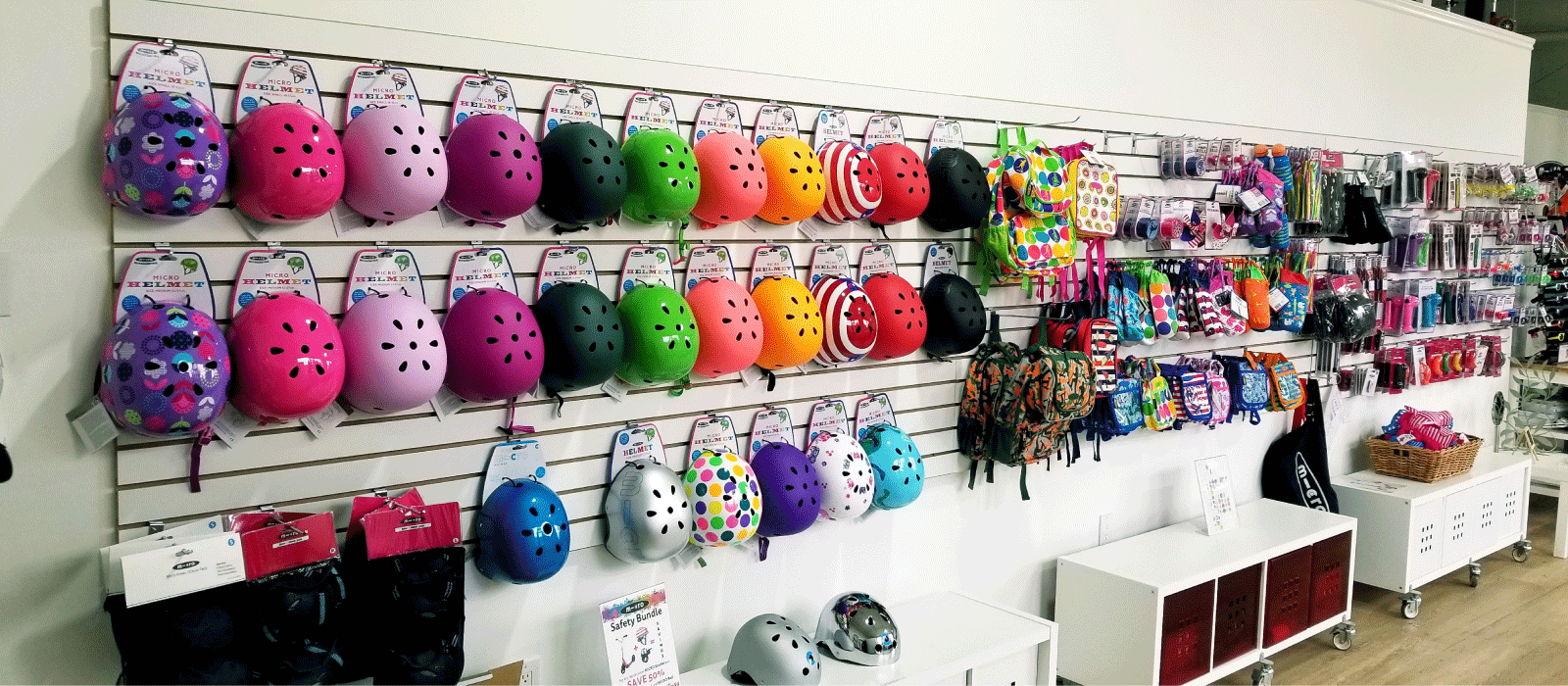Tips to Help You Choose Between the Many MICRO Scooters

If you asked children (and maybe even some adults) in Canada what their favourite form of transportation is, kick scooters would be right up there on the list of the most common responses. They are just so fun and simple to use, and are great form of urban transportation. They are relatively safe and they get you and your child outdoors in the fresh air, which is always a good thing. If you’ve decided to buy one, it can be difficult to know which model to choose. Fear not! We have put together a list of tips based on our vast experience in this industry which should help you to narrow down your search.
Factors to Consider When Buying Kick Scooters
If you just spend a few minutes browsing around you will soon learn that kick scooters are certainly not a one-size-fits-all kind of product. There’s an incredible amount of variety and it’s important to choose a model that is perfectly suited to the person that it’s intended for. Here are a few things to look for:
- Quality Components and Construction – Take a close look at the construction of the scooter. Are the components hand-bolted together so that parts can regularly tightened or replaced? Cheaply riveted scooters will quickly loosen and rattle. How are the ball-bearings? Do the wheels turn smoothly when you spin them?
- Deck Size – Smaller deck sizes are better suited to either children or people with a more slender frame. Most adults or children with a larger body size require a deck that is thicker, otherwise balancing and manoeuvring the scooter can become a real issue. Some riders appreciate a deck that is slightly lower to the ground so that they can stand more upright when kicking.
- Handlebar Height – Most kick scooters have a handlebar that can be adjusted for the rider to use comfortably. An exception are the rigid handlebars of scooters specifically built for stunt riding and scooter built for children under 5.
- Weight – The weight of kick scooters can vary tremendously depending on the materials they are constructed from (Micro scooters are available with solid aluminum, wood flex board and fiberglass flex board decks, for example) in addition to their overall design and the features they boast. th’s physical capabilities and strength should be considered when deciding upon the weight of the scooter. There is no use pairing a young child with one of the heavier kick scooters available, as they will likely tire quickly when using it. For safety reasons, riders should never exceed the stated maximum weight load of a particular scooter.
- Wheel Configuration – There are numerous different wheel configurations, with some models only featuring 2 wheels, while others can have 3 or even 4 in total. Classic two wheeled scooters are ideally suited for those who are less interested in making curves and more interested in a compact and efficient mode of transportation. Micro’s 3 wheeled scooters feature an innovative lean-to-steer mechanism that produces a more curvy and dynamic ride with a bit of practice. Think scooter meets snowboard and skateboard. The 3 wheels also ensure the scooter is quickly accessible as it’s always in an upright position. We don’t recommend scooters with 4 opposing wheels as they tend to be rather slow and unresponsive which can be very frustrating for the rider.
If you would like some additional advice about kick scooters, don’t hesitate to get in touch. We consider no question to be “silly” and we enjoy sharing our years of experience gained from working with these products with clients located all over Canada. Contact us at info@kickboard.ca.


